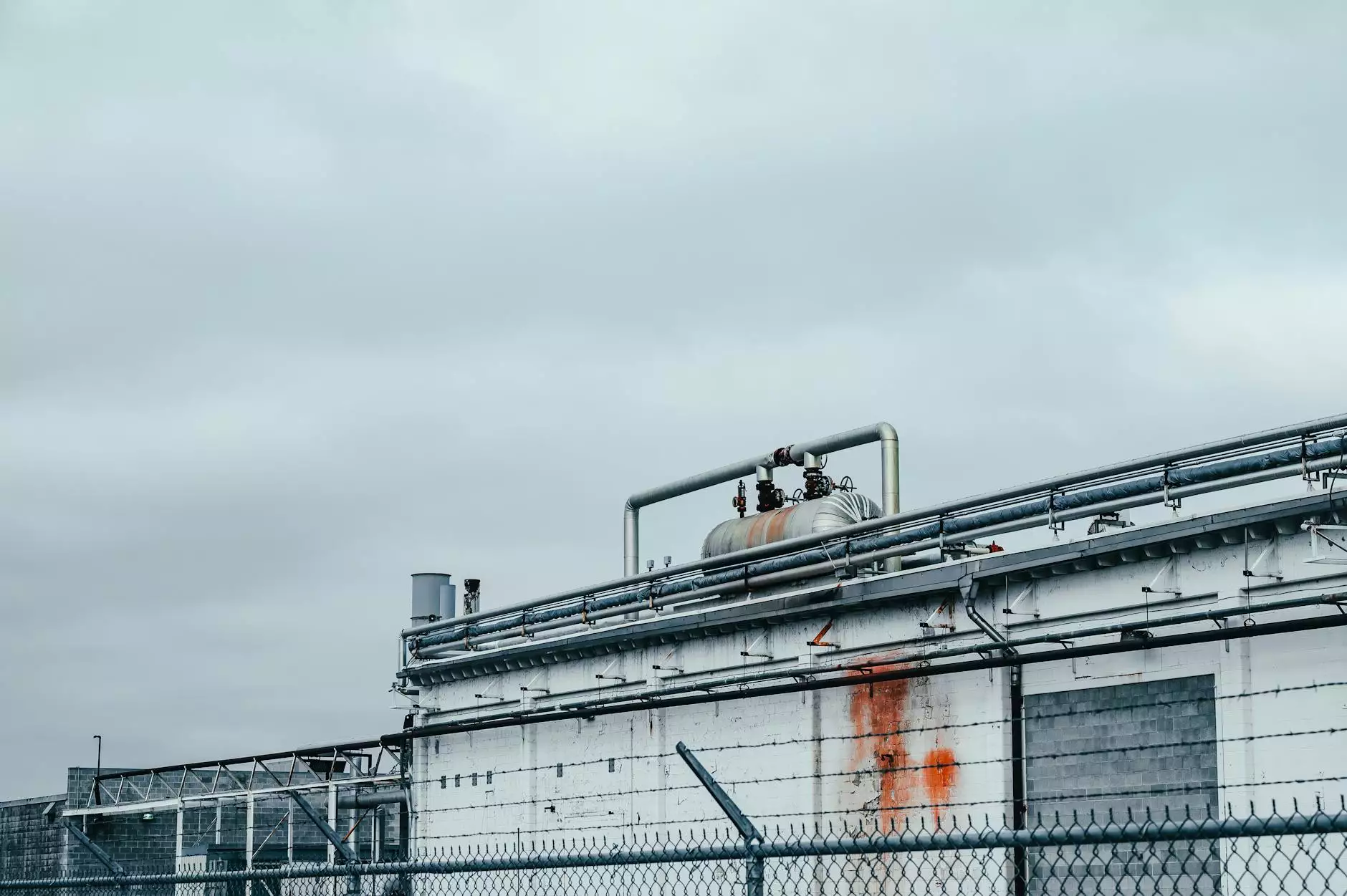The Ultimate Guide to Panasonic Air Conditioner Maintenance

Maintaining your Panasonic air conditioner is crucial to ensuring its longevity and optimal performance. Regular maintenance not only enhances the unit's efficiency but also significantly reduces the risk of unexpected breakdowns that can lead to costly repairs. In this extensive guide, we will explore everything you need to know about Panasonic air conditioner maintenance, including key practices, troubleshooting tips, and the importance of professional servicing.
Importance of Regular Maintenance
Just like any other appliance, your Panasonic air conditioner requires routine maintenance to operate efficiently. Skipping maintenance can lead to a variety of issues such as reduced airflow, poor cooling, excessive energy consumption, and even complete system failure. By investing time in maintenance, you can:
- Extend the lifespan of your air conditioning system.
- Improve energy efficiency and lower utility bills.
- Enhance indoor air quality by keeping filters and ducts clean.
- Prevent costly repairs that arise from neglect.
DIY Maintenance Tips for Panasonic Air Conditioners
You don't need to be an HVAC professional to perform basic maintenance on your Panasonic air conditioner. Here are some essential DIY maintenance tips:
1. Regular Filter Cleaning and Replacement
The air filter in your Panasonic unit plays a crucial role in maintaining air quality and efficiency. It should be checked monthly and cleaned or replaced as needed. A dirty filter not only impedes airflow but can also lead to overheating and potential system failure.
Steps for Cleaning the Filter
- Turn off the air conditioner and unplug it.
- Locate the filter, typically found on the front panel or in the ventilation ducts.
- Remove the filter carefully.
- Wash the filter with lukewarm water. Use a mild detergent if necessary.
- Allow it to air dry completely before reinstalling.
- If a filter is too dirty or damaged, replace it with a new one.
2. Inspect and Clean the Condenser Coils
The condenser coils are key components that dissipate heat. Dirty coils reduce efficiency and increase energy costs. Examine them regularly for dirt and debris.
Steps for Cleaning the Coils
- Turn off the air conditioner and disconnect the power supply.
- Gently brush off dirt with a soft brush.
- Use a vacuum to remove remaining debris.
- If necessary, use a coil cleaner to remove stubborn residues.
3. Clear the Drain Line
A blocked drain line can cause water to back up and potentially damage the system. Check it regularly and ensure it's free from obstructions.
Steps to Clear the Drain Line
- Locate the drain line, typically a PVC pipe outside the unit.
- Use a wet/dry vacuum to suck out any blockages.
- Consider pouring a mixture of vinegar and water down the line monthly to prevent buildup.
4. Check the Thermostat Settings
Ensure that your thermostat is functioning correctly. A faulty thermostat can lead to incorrect temperature readings, causing the system to work inefficiently.
Steps to Check the Thermostat
- Set the thermostat to a desired temperature.
- Observe if the air conditioning unit activates as expected.
- If not functioning properly, consider recalibrating or replacing the thermostat.
5. Monitor Overall Performance
Pay attention to unusual noises, reduced airflow, or longer cooling times. These could indicate underlying issues requiring professional intervention.









